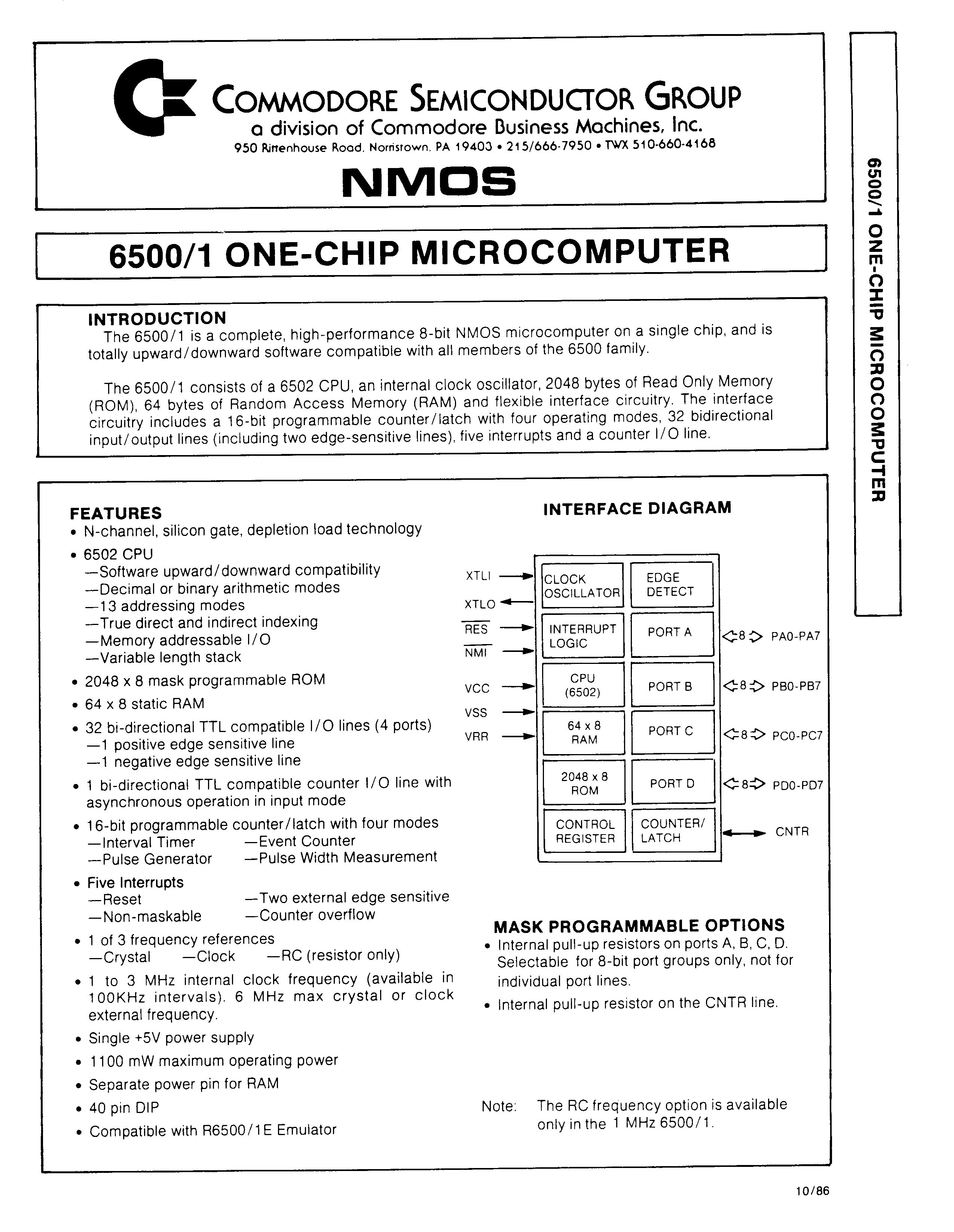

Reprocessing is being done to improve the statics, velocities, signal character, and migrated signal positions. Rough CMP stacks of the data that included depth varying velocities at 2-mi lateral intervals were completed in the field. A single recording system was used on each of the other profiles, one of which was a more » 4-mi-long, 700-channel P-wave profile connecting the Sierran front to the center of Rose Valley, and the other of which was a 2-mi-long, 240-channel SH-wave line runnings slightly southeastward from the junction of the main lines. This was accomplished with the simultaneous operation of two 1024-channel sign bit recording systems while four medium-weight P-wave vibrators traversed each line and 16 drilled charges were set off. Both in-line and cross-line Vibroseis and explosion data were recorded on each of these approximately 12-mi lines. The two main east-west and north-south profiles crossed at the southeasternmost base of Sugar Loaf Mountain. In mid-1989 the authors designed and collected four seismic reflection/refraction profiles that addressed the crustal structure of the Coso geothermal field. The seismic images also suggest the existence of Paleogene sedimentary and volcanic rocks which potentially may function as a near- more » surface reservoir, charged by deeper structures in Paleozoic rocks. Intermediate-depth wells are currently targeted to test these features. Features visible on the improved seismic images include interpreted low angle thrust faults within the Paleozoic Valmy Formation, which potentially are reactivated in the current stress field. The resulting products were significantly improved, and additional detail was recovered within the high-velocity and in part acoustically isotropic basement. To resolve these issues, the velocity model was adjusted to include geologic input, and the lines were reprocessed. The first round of data processing resulted in large areas of relatively poor data, and obvious reflectors known from existing subsurface information either did not appear on the seismic profiles or appeared at the wrong depth. Data acquisition and interpretation took place between October 2010 and April 2011. The project objective was to utilize innovative seismic data processing, integrated with existing geological, geophysical and geochemical information, to identify high-potential drilling targets and to reduce drilling risk. A five-line (23 mile) reflection- seismic survey was conducted at the Hot Pot geothermal prospect area in north-central Nevada under the USDOE (United States Department of Energy) Geothermal Technologies Program.


 0 kommentar(er)
0 kommentar(er)
